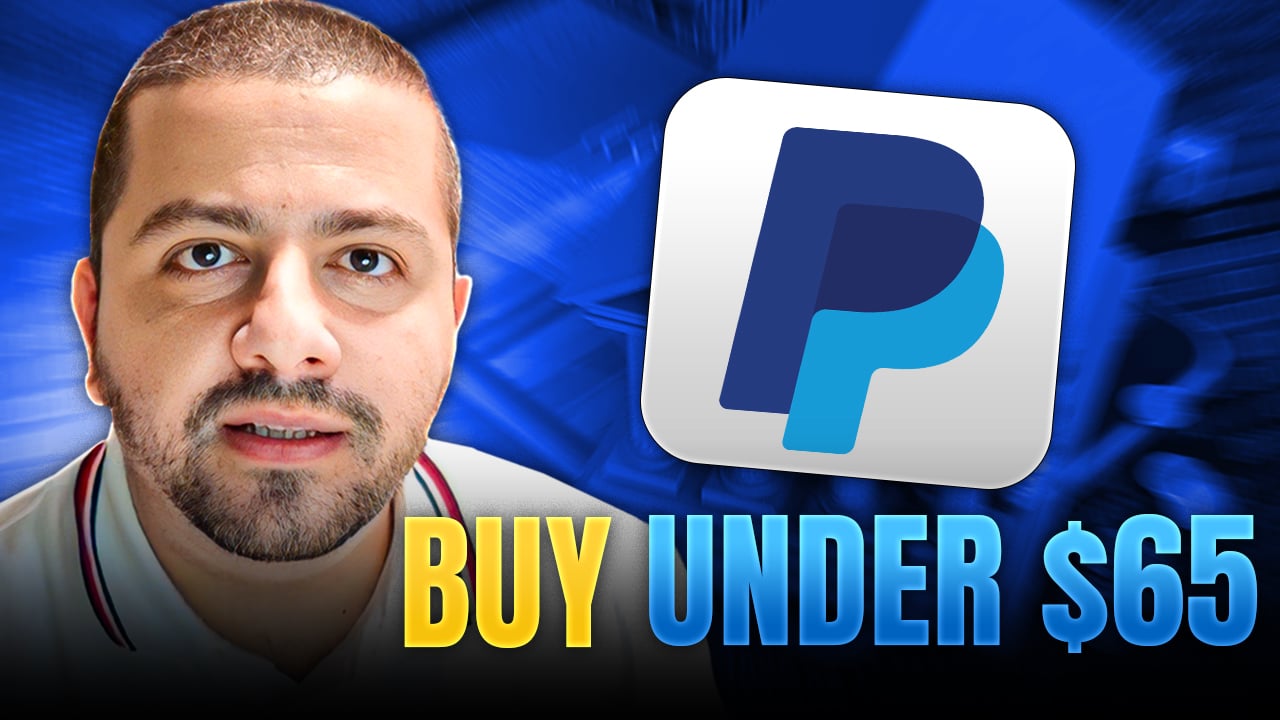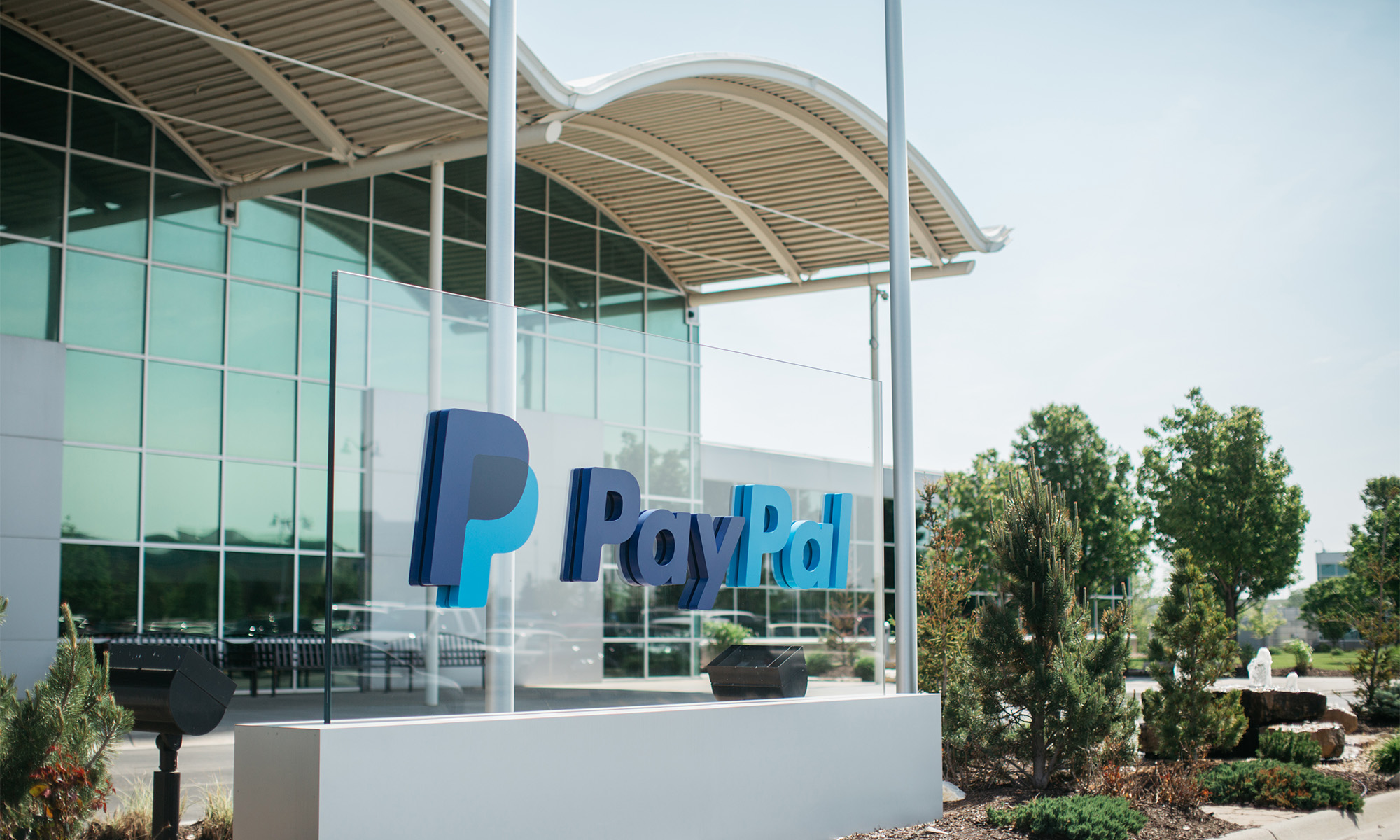PayPal (PYPL 0.17%) was a major beneficiary of the coronavirus pandemic. It registered monster gains in terms of total payment volume (TPV), active accounts, and revenue, thanks to consumers who were flush with cash, ultra-low interest rates, and lockdowns. It's no wonder the shares soared 116% in 2020.
But things have reversed course in a huge way. Slower growth amid macro headwinds has been worrying investors. This fintech stock now is trading 81% below its all-time high.
Maybe there are brighter days ahead for this digital-payments behemoth. Where will PayPal be in three years?
Growth in certain areas
Because the activity on PayPal's platform leans toward discretionary purchases, higher interest rates, inflationary pressures, and ongoing economic uncertainty can discourage consumers from spending freely. This helps explain the slowdown in growth.
But it's not all bad news. PayPal reported TPV of $1.5 trillion in 2023, up 13% year over year. This helped drive a revenue increase of 8%. While these growth rates are slower than what PayPal posted in previous years, it's hardly a reason to panic. This is still a healthy expansion.
PayPal remains very profitable. The company generated $4.2 billion of free cash flow last year, and management expects this figure to total $5 billion in 2024. Other fintech businesses would also love to have PayPal's 22% adjusted operating margin.
However, the company's user base, now at 426 million, is down 2% from the end of 2022. Even before former Chief Executive Officer Dan Schulman retired last year, the executive team was focused on driving greater engagement from its existing customers. Transactions per active account during the trailing-12-month period were up 14%, an indicator of more usage.
Alex Chriss, the new CEO, has made it a top priority to remain a growth business while also emphasizing the need to drive efficiencies across the organization. This could lead to rising profit, which can boost the stock price.

NASDAQ: PYPL
Key Data Points
Favorable attributes
The payments landscape is incredibly competitive. But there are reasons PayPal can maintain its position in the industry.
For starters, the company has been a leader in electronic payments since the late 1990s. This has helped it develop a well-recognized global brand, one known for safety and ease of use. Consumers and merchants find value in this.
As a two-sided platform, PayPal has an economic moat that comes from network effects. More merchant accounts mean there are more places where individuals can shop, making the service more valuable to all stakeholders. The opposite is also true: More consumer accounts provide a huge customer base for merchants.
PayPal benefits from the steady transition toward cashless transactions, one that it helped spearhead. In the U.S., 58% of Americans still use cash for some or all of their purchases in a typical week. And less than 16% of all retail spending is represented by online shopping. Even in one of the most developed economies, there's further penetration potential for PayPal.
Adding to the upside potential
PayPal shares have been a huge disappointment for investors. They're down 80% in just the past three years, compared to the 12% gain of the Nasdaq Composite index.
As a result, the stock trades at a price-to-earnings (P/E) ratio of 15.3. This dirt cheap valuation is not only significantly lower than PayPal's historical average of 47.7, but it's also about as low as the P/E multiple has ever been.
Based on the positive traits I discussed above, there's reason to be optimistic about the company's ability to increase revenue and earnings during the next three years. If that happens, the valuation multiple should expand, leading to the possibility of market-beating returns.





